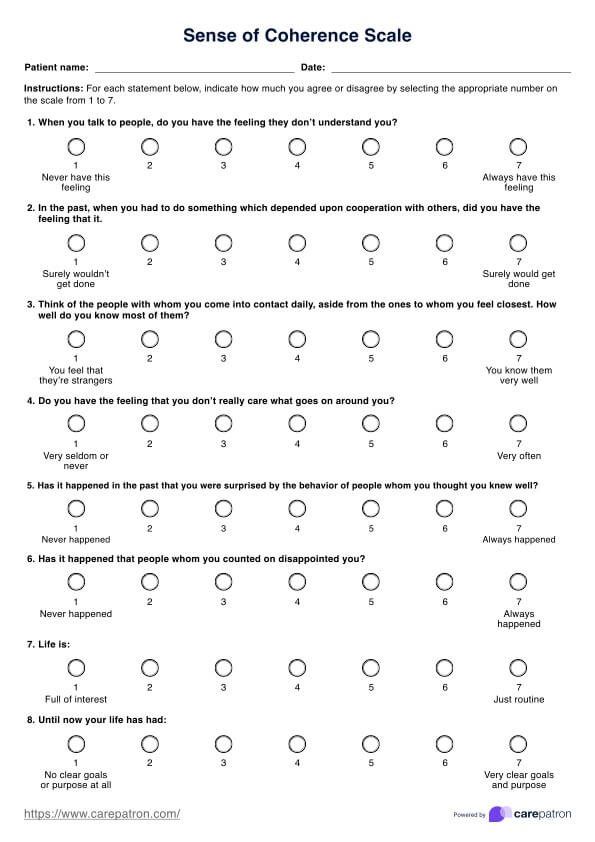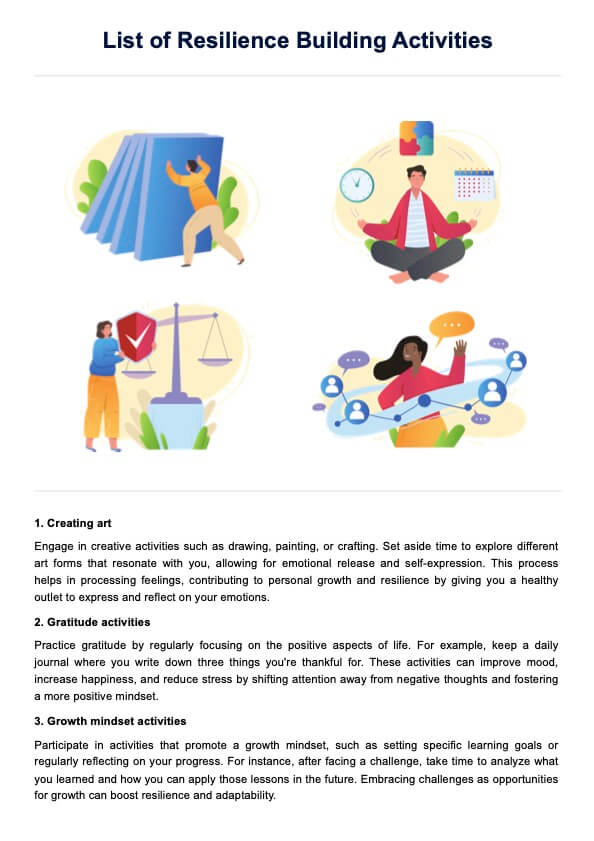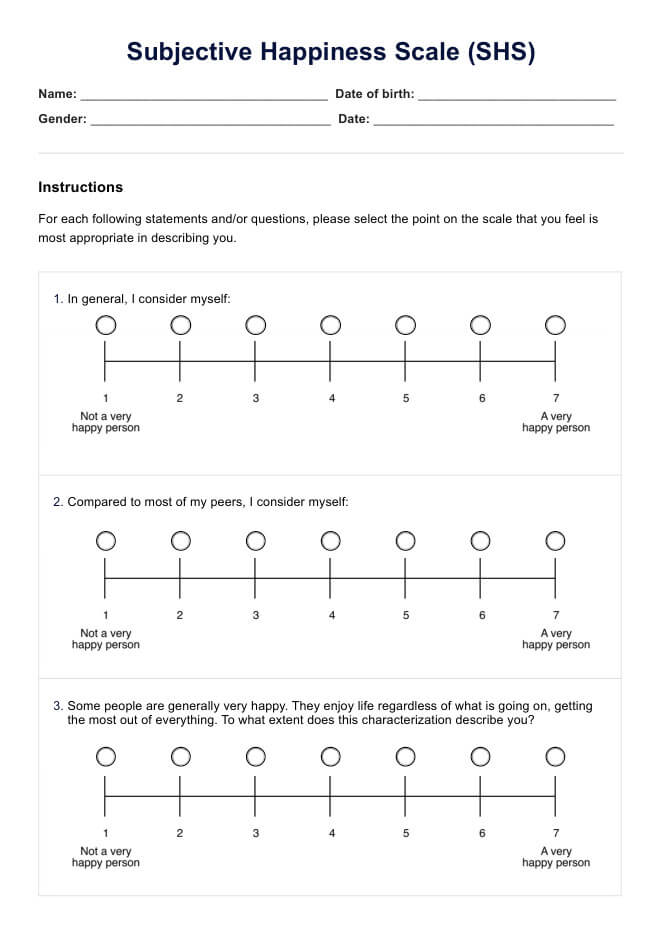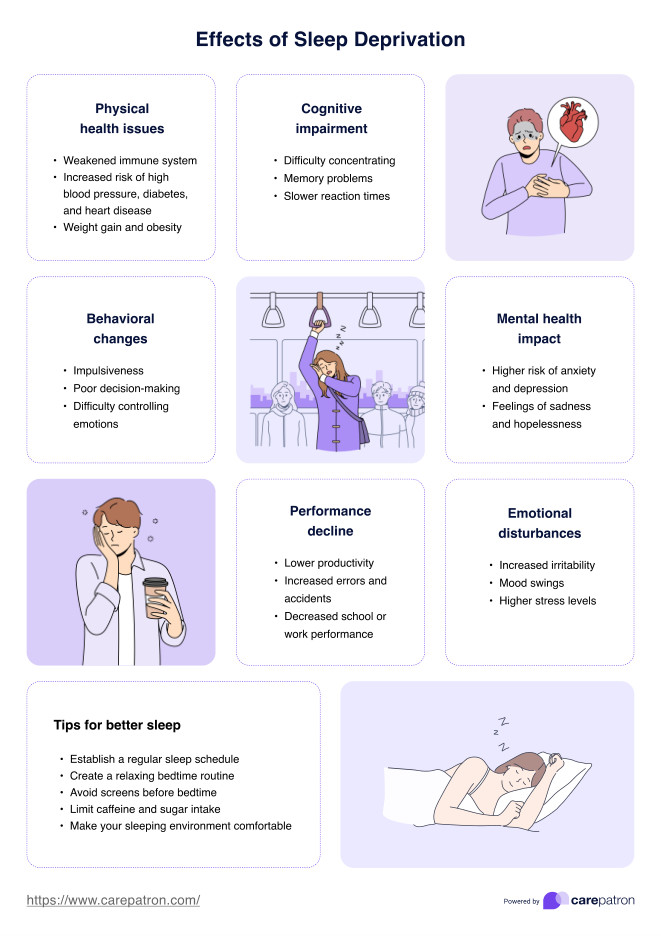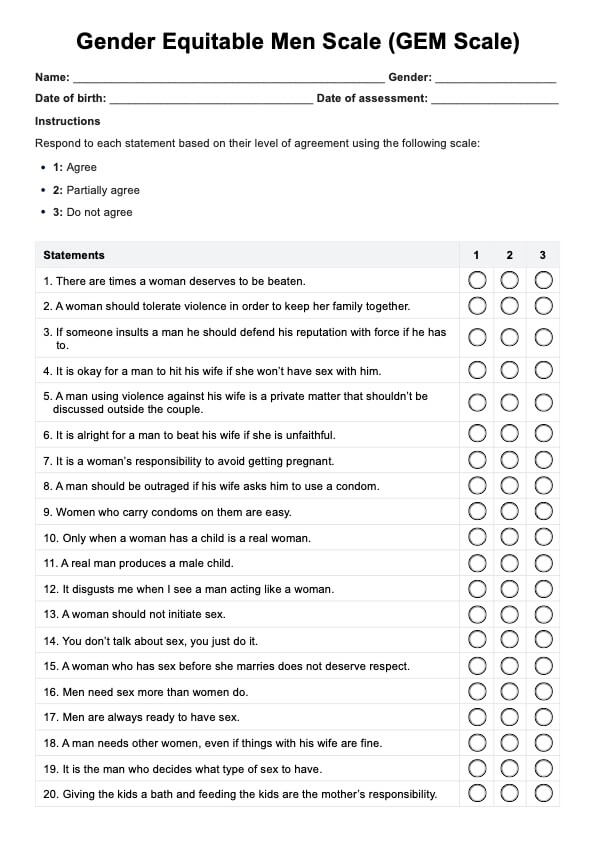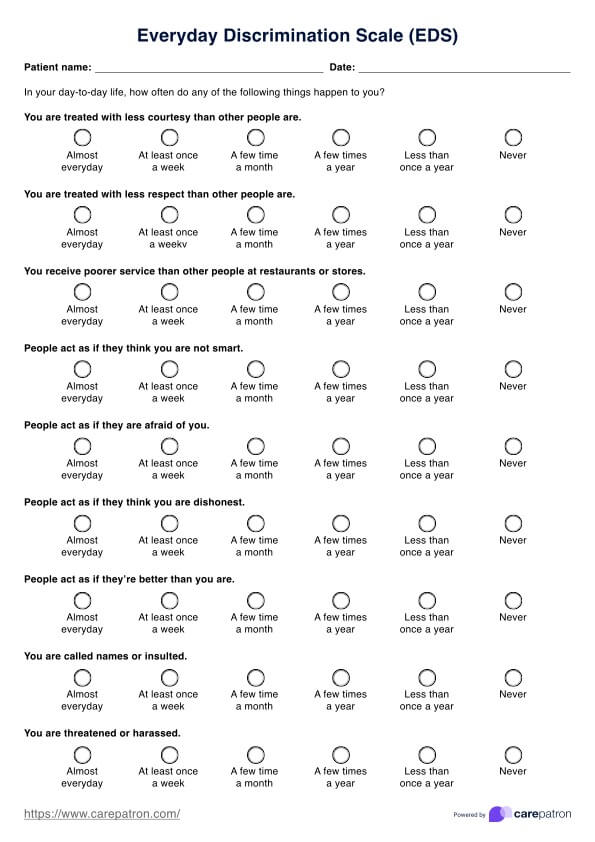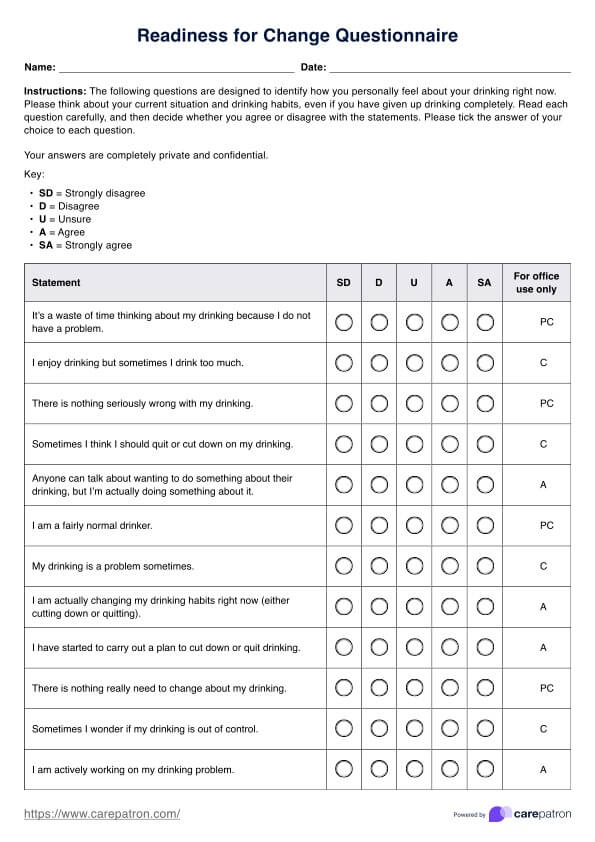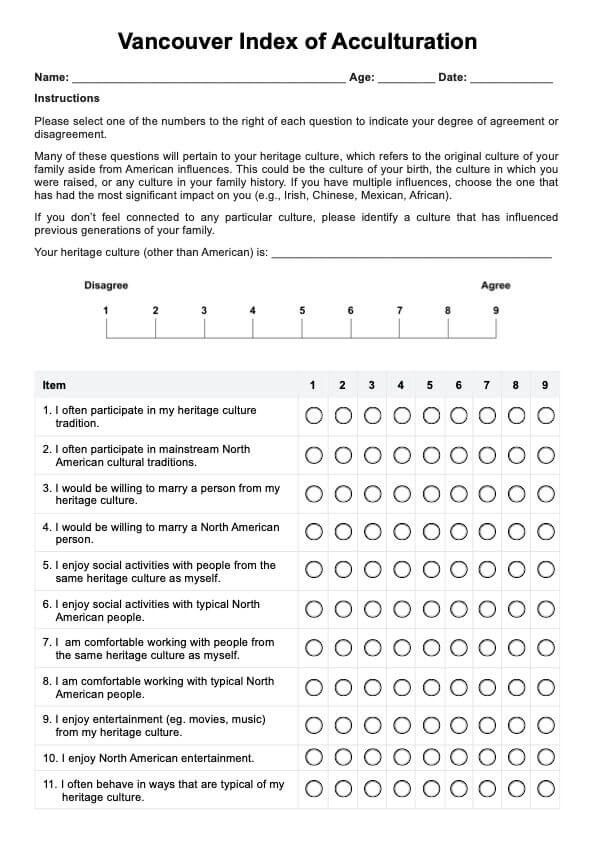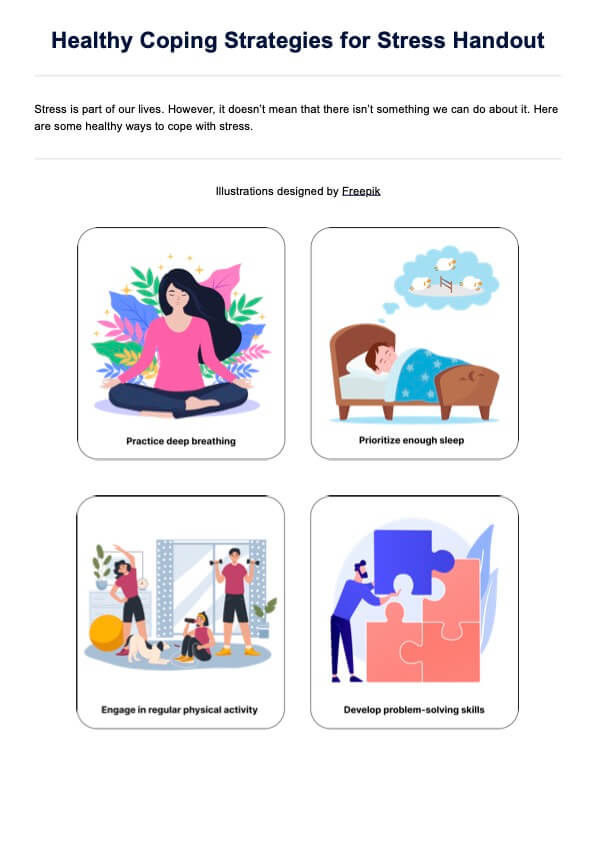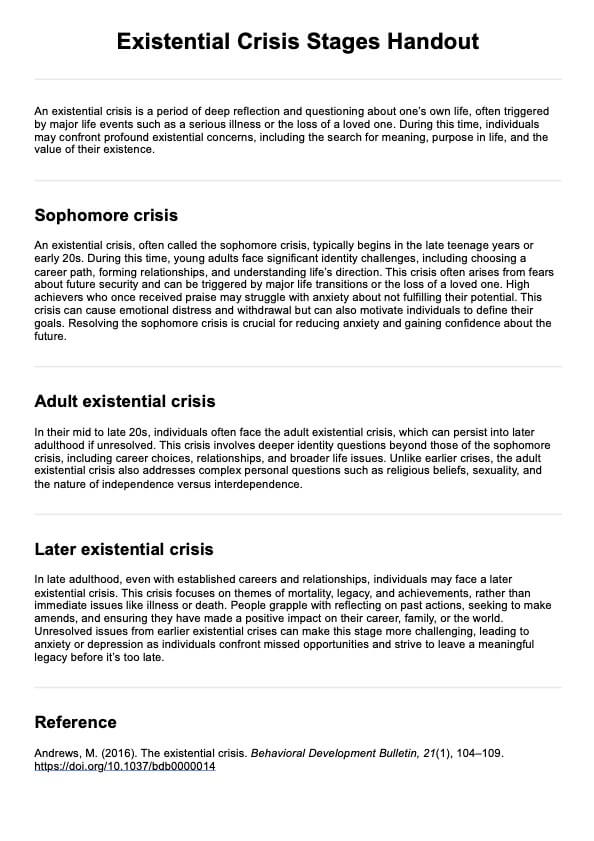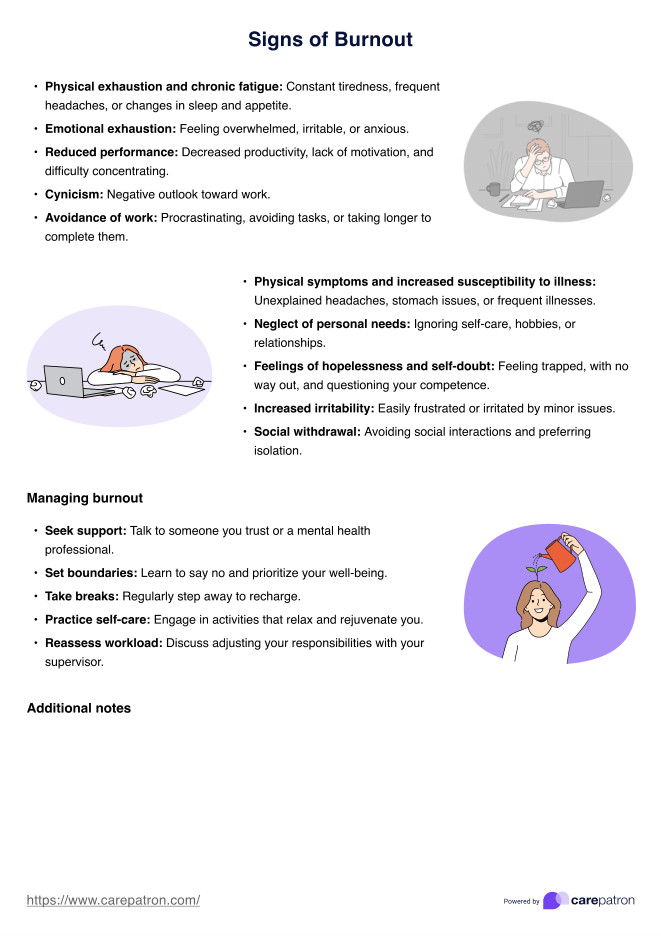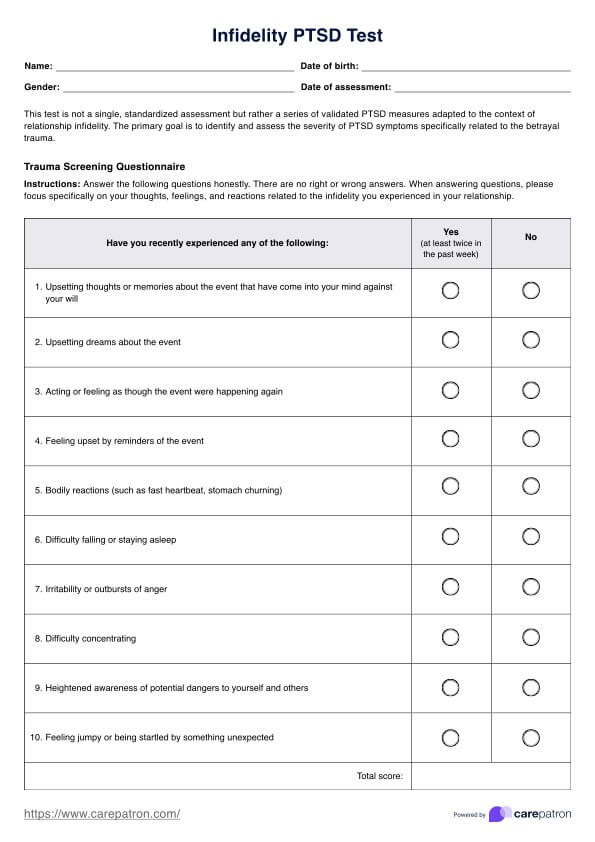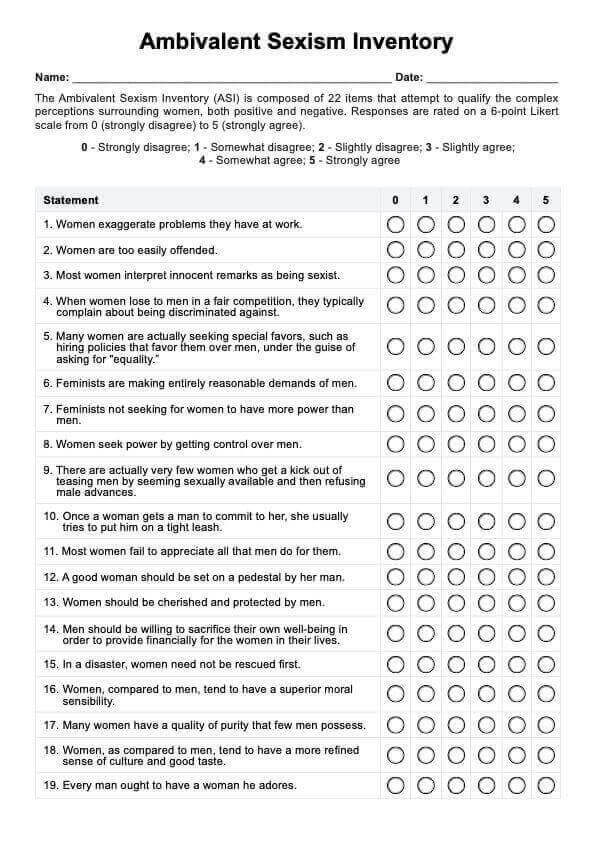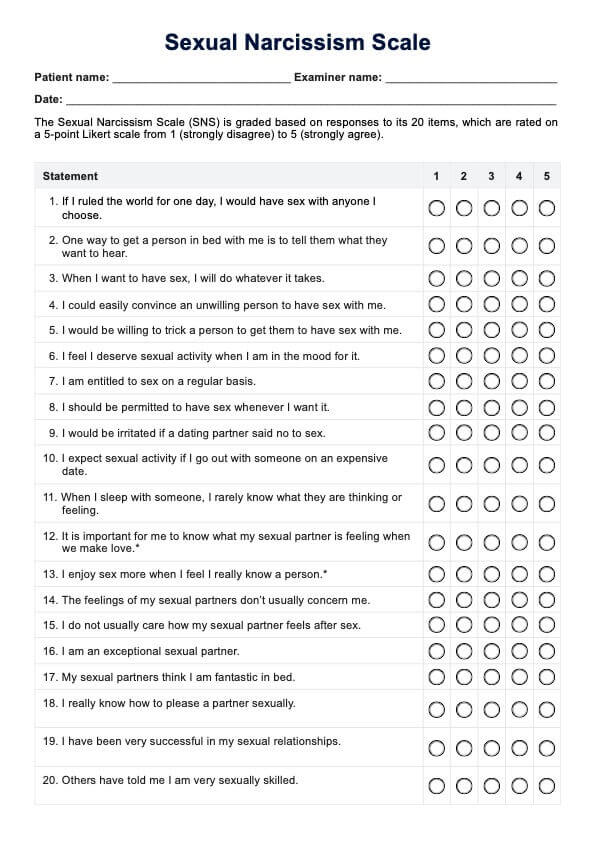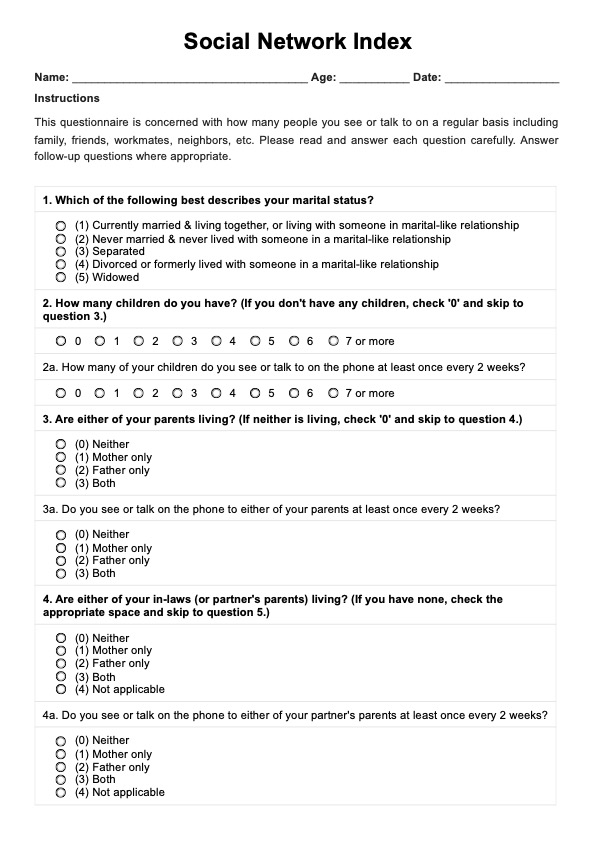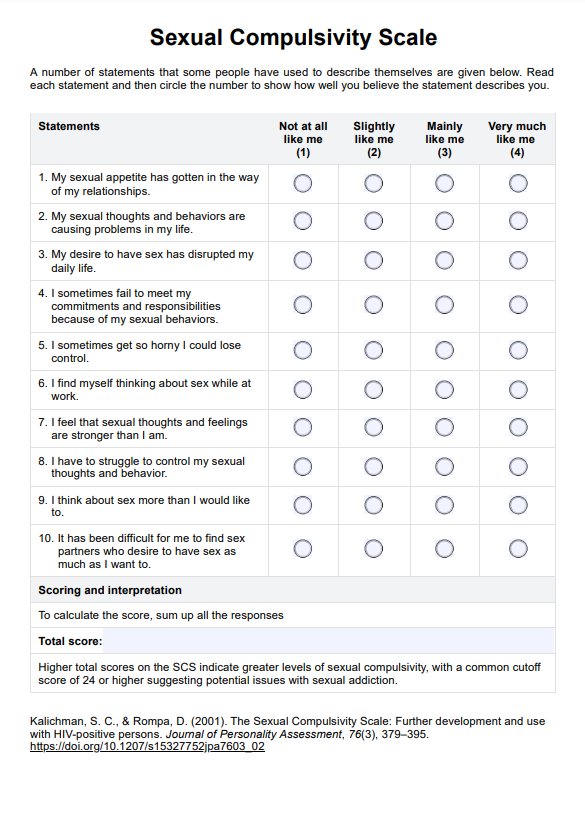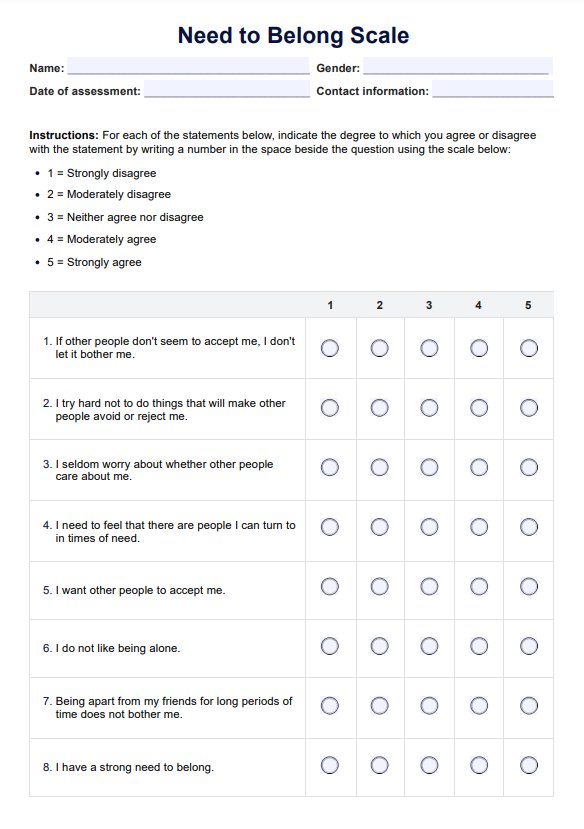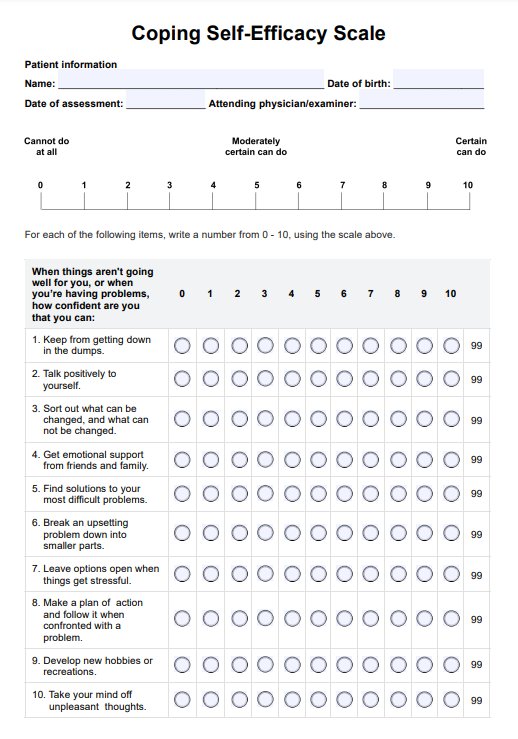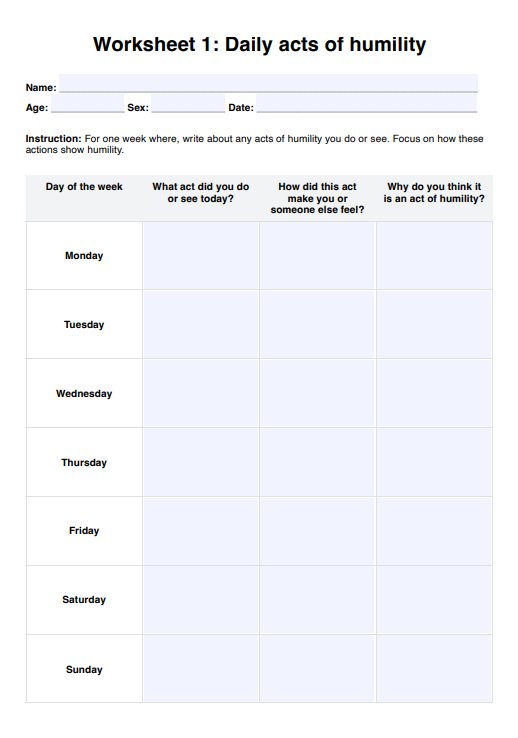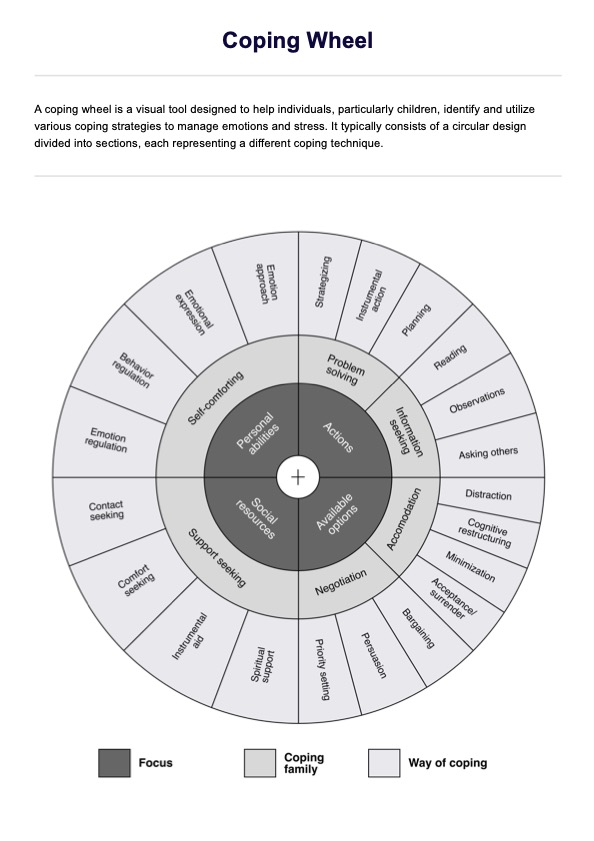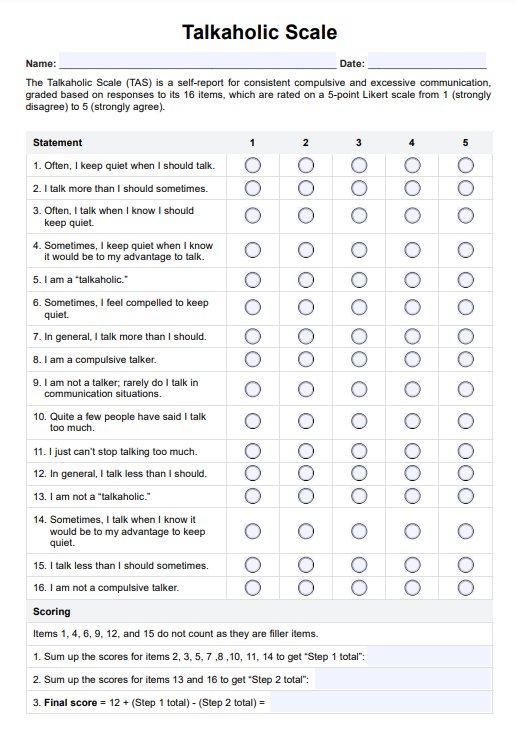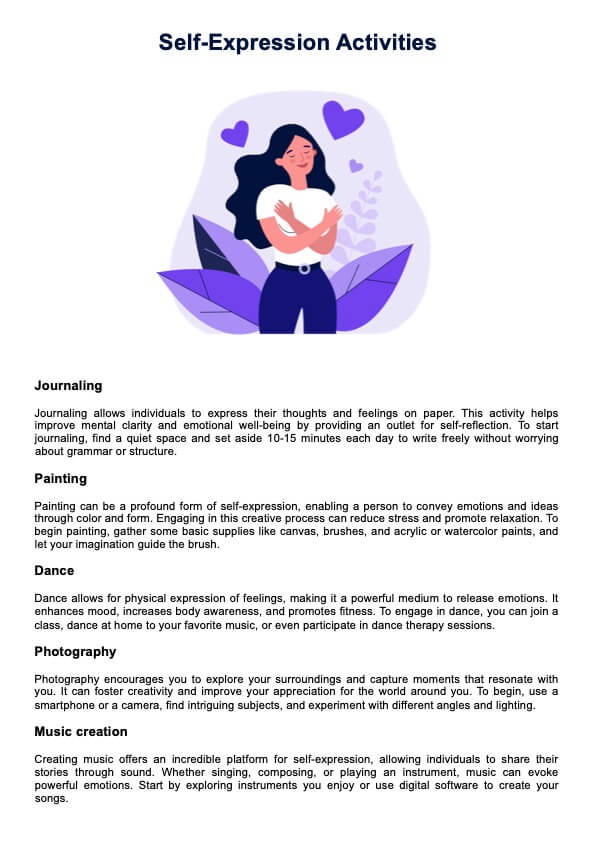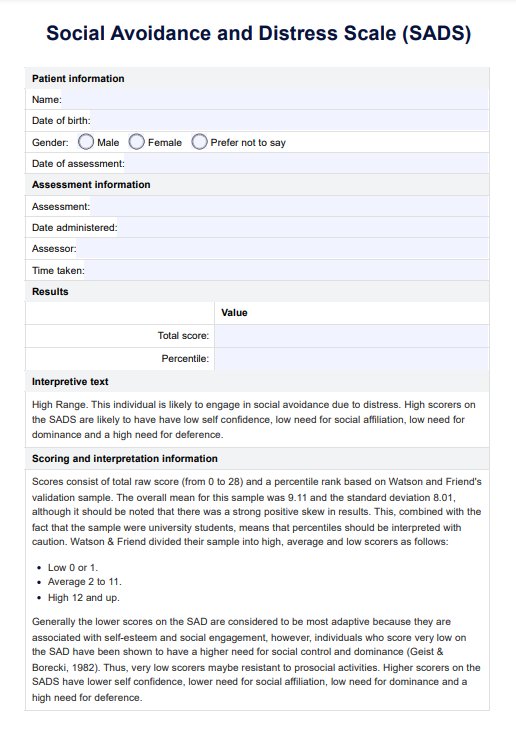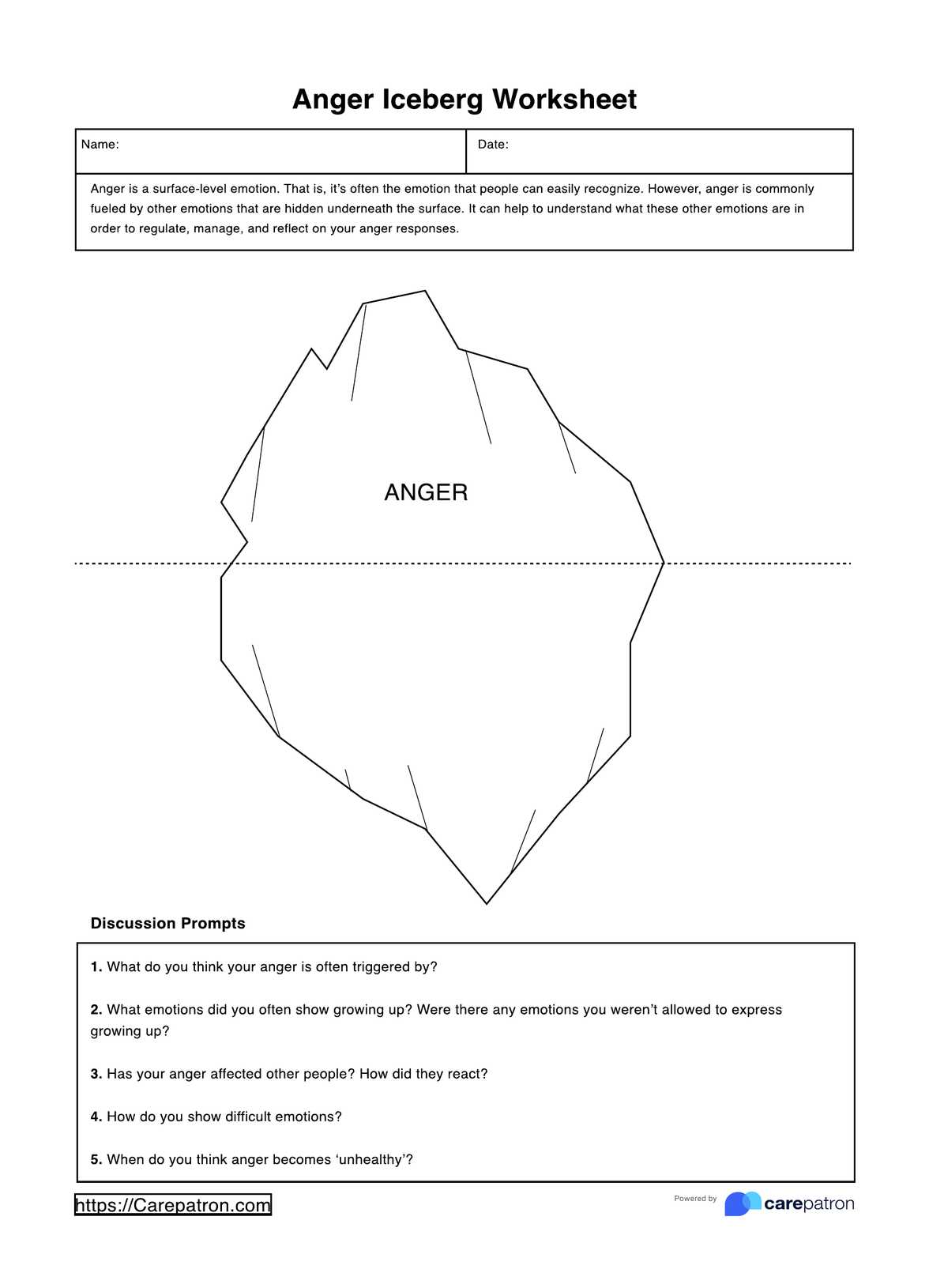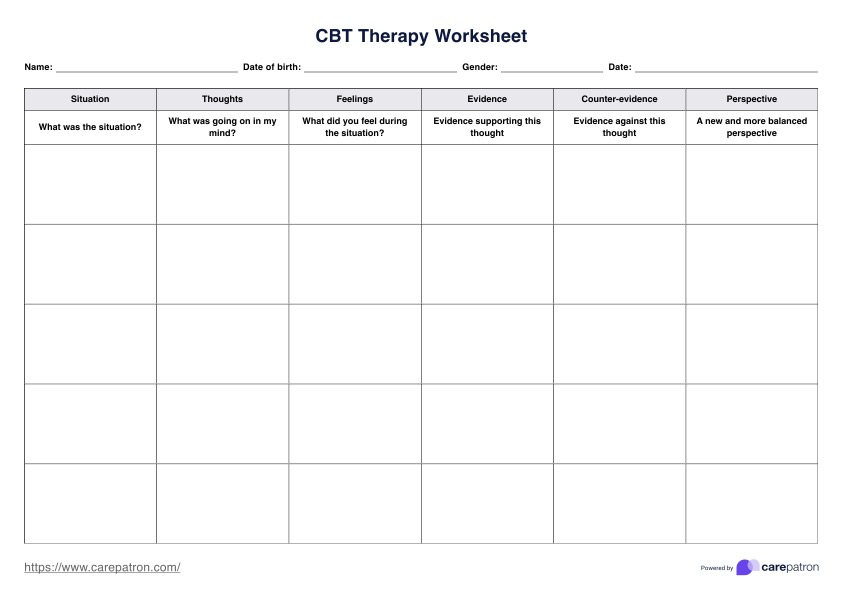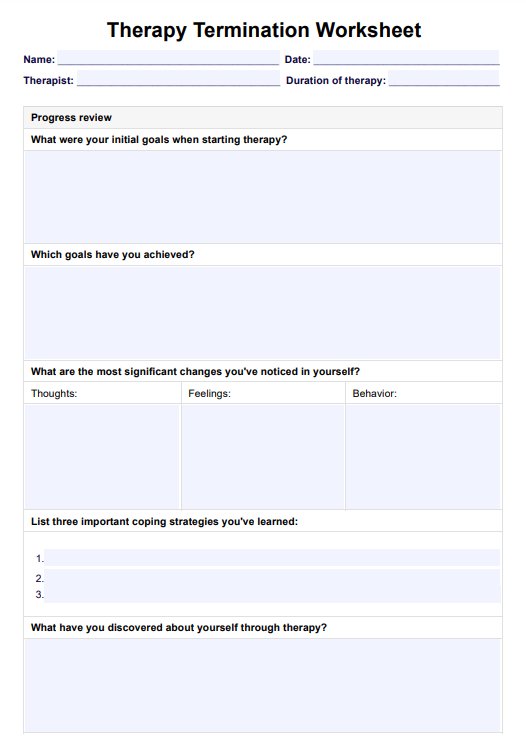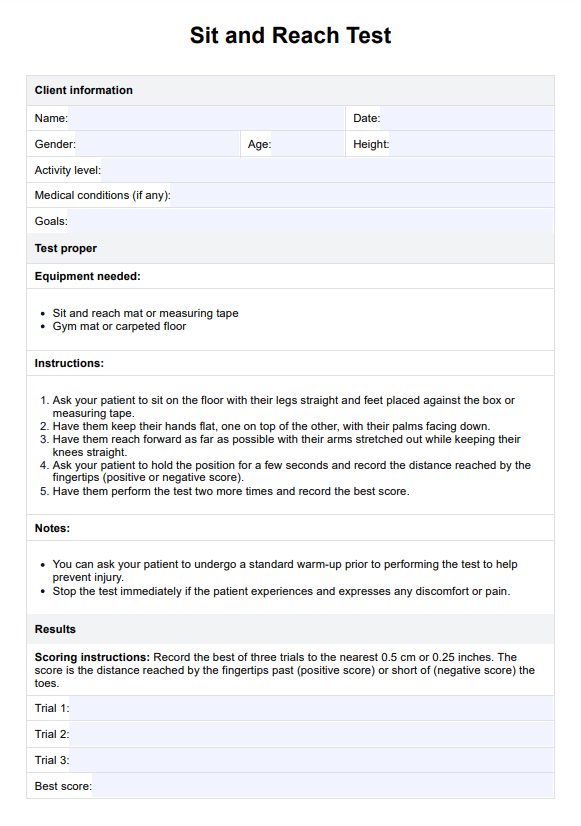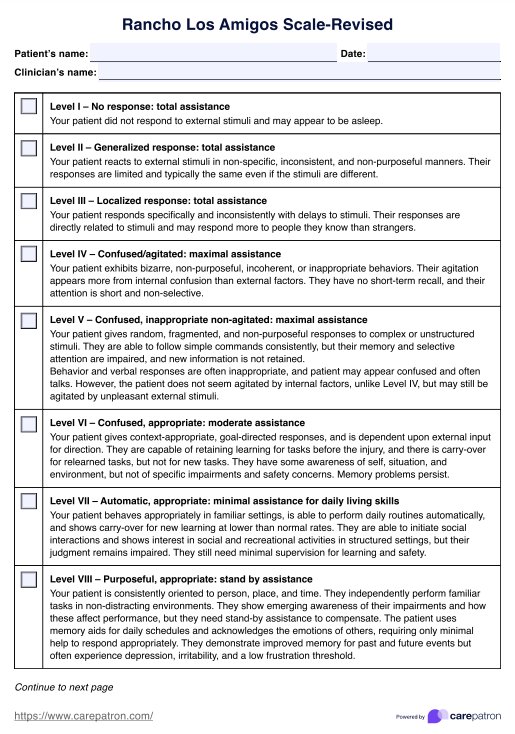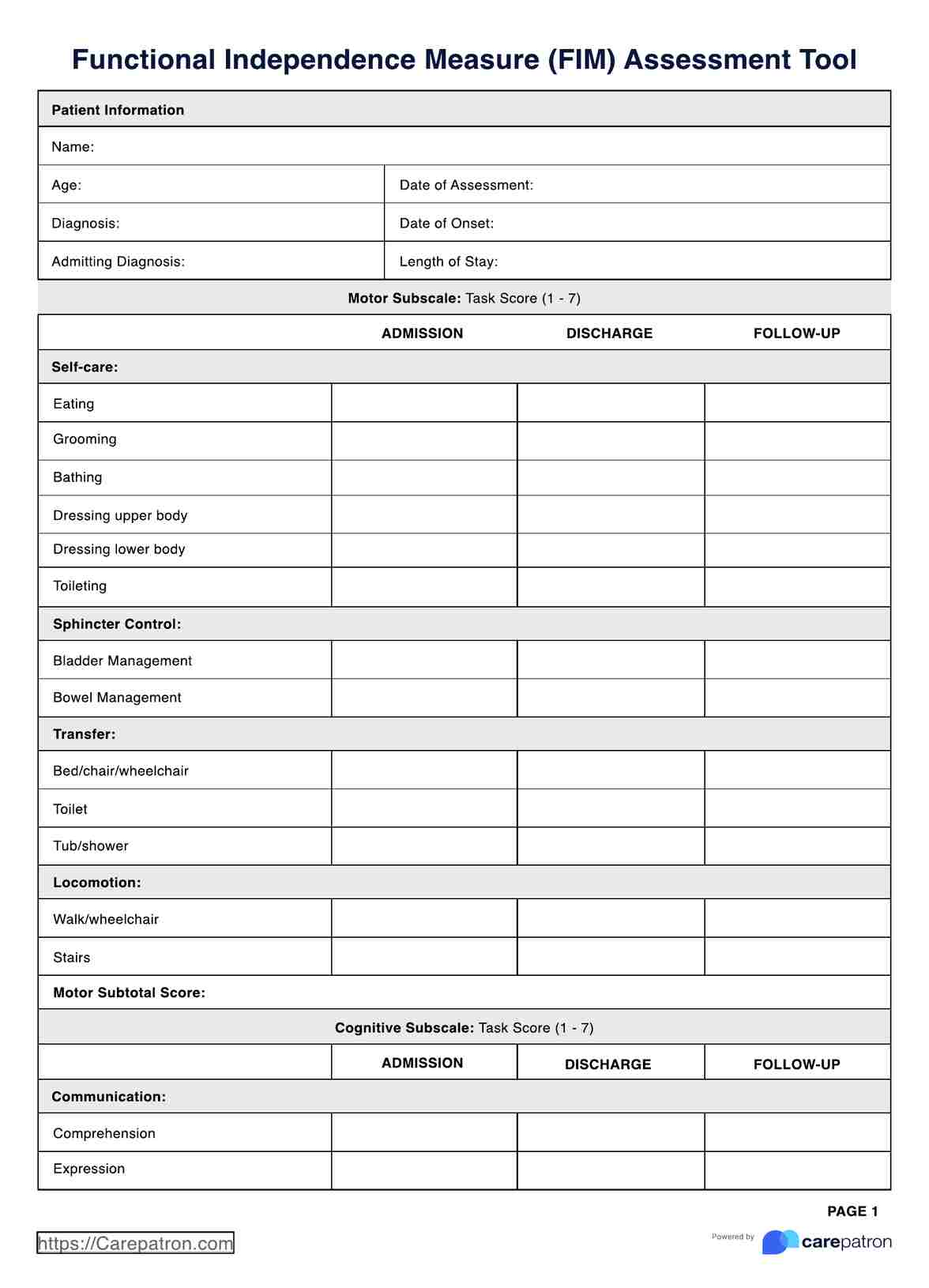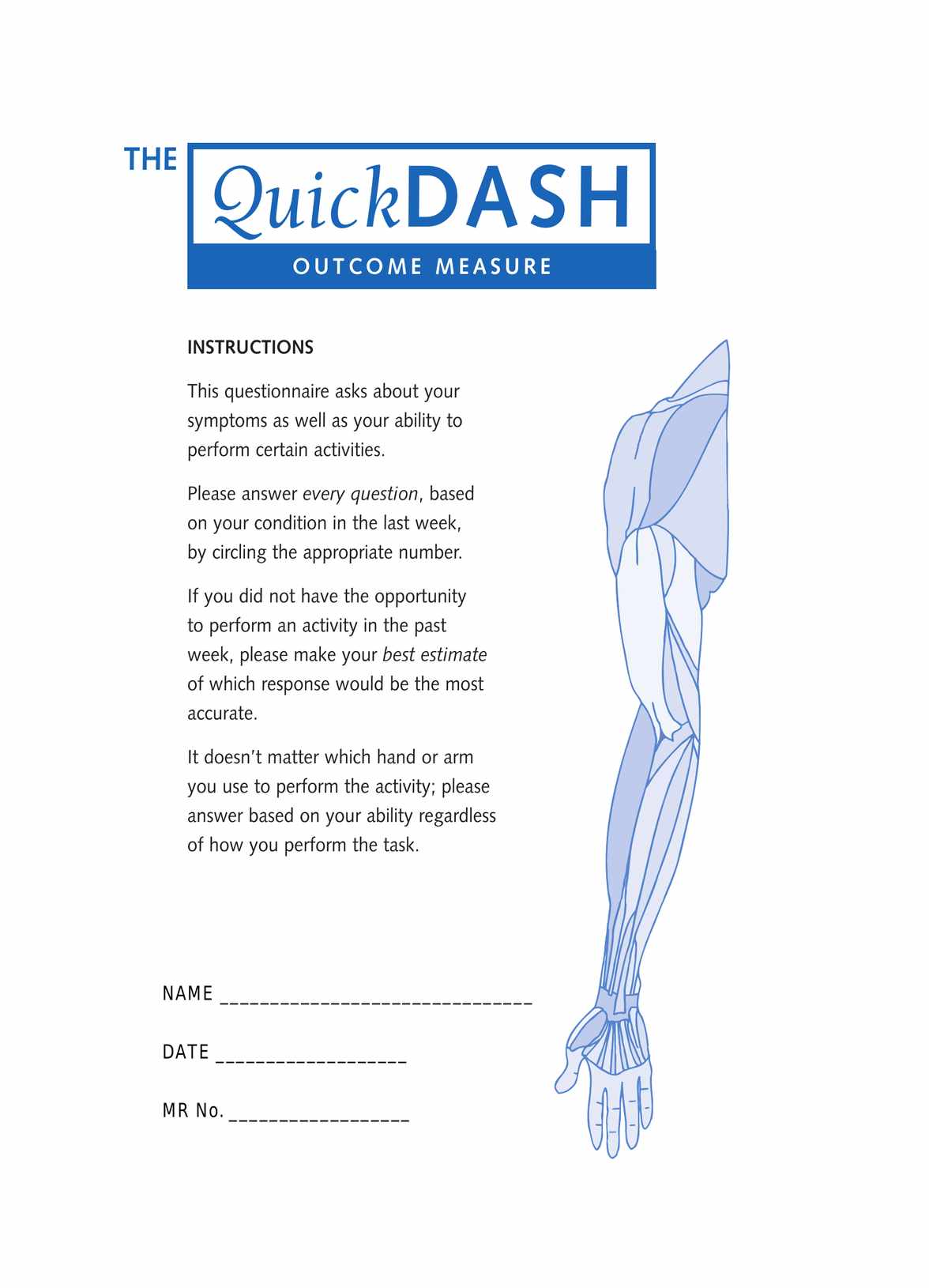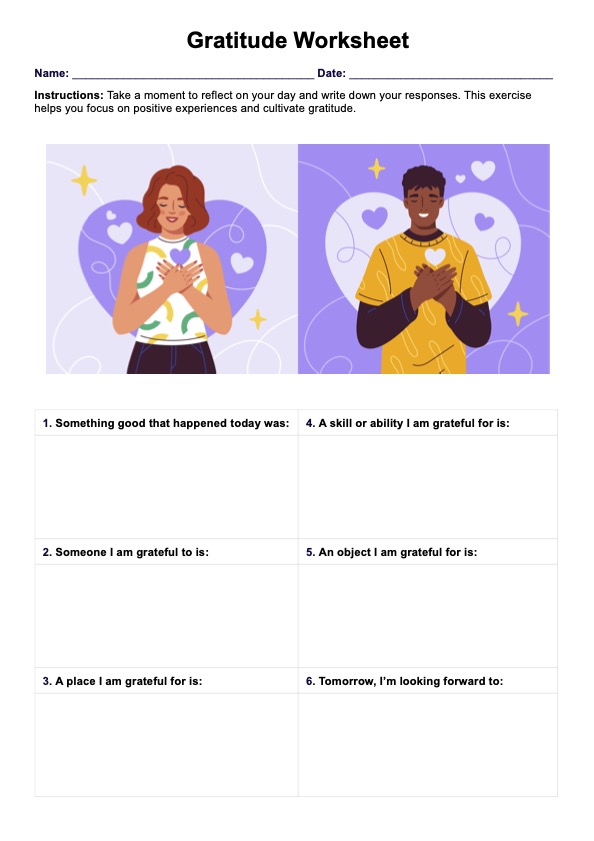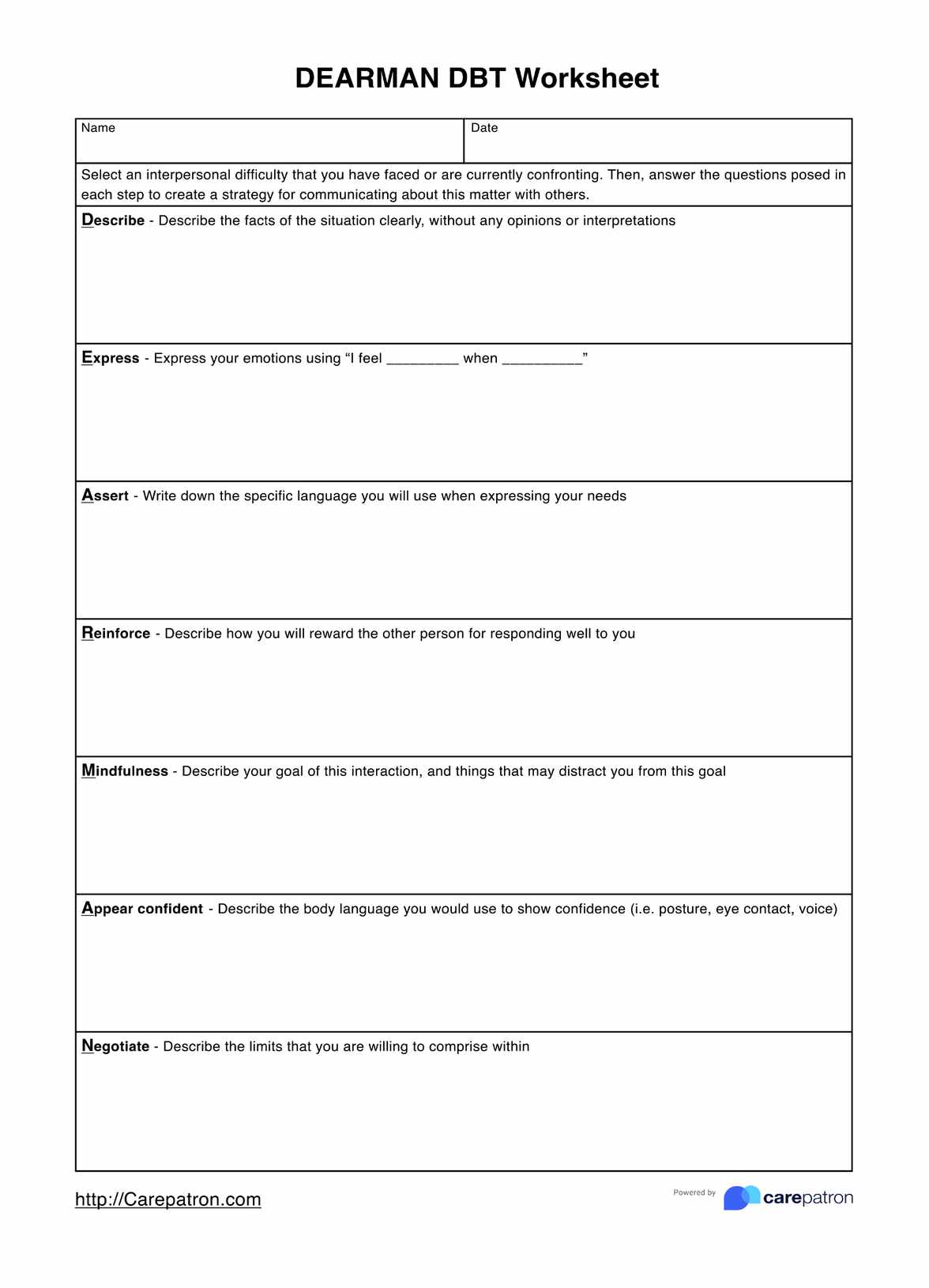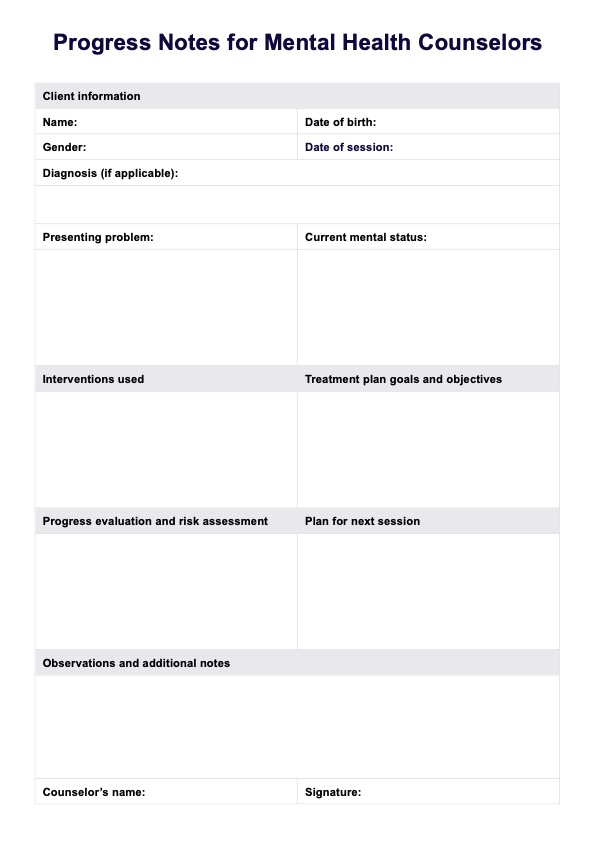Oswestry Disability Index
The Oswestry Disability Index was made to assess how a person with lower back pain is able to function in terms of activities of daily living. Use this for your practice when you work on rehabilitating your patient!


What is the Oswestry Disability Index?
The Oswestry Disability Index, also known as the Oswestry Low Back Pain Disability Questionnaire or Oswestry Pain Disability Scale, is a ten-section questionnaire and one of the valuable outcome measures created to help healthcare practitioners assess the impact of lower back pain on daily activities, including evaluating pain intensity, especially when undergoing rehabilitation. It is a test known for its clinical usefulness and internal consistency, highlighting its reliability and stability, even with different language versions.
The sections themselves are the activities of daily living, such as personal care, walking, sitting, standing, and even weight lifting! Each section has six items describing how lower back pain affects the patient. Do they not feel any pain at all when doing a particular activity? Can they still do that activity but feel a bit of pain? Or does the pain prevent them from doing that activity at all? These are the general questions that will be answered by engaging with the ten sections of this index.
How does it differ from the Modified Oswestry Disability Index?
There also exists a modified version of the Oswestry Disability Index called the Modified Oswestry Pain Disability Index. It is almost identical to the original, with the only difference being that it replaces a certain section.
The section being referred to is the one that revolves around sexual activity and sex life, which is a touchy subject made even more touchy given the context of lower back pain, so some people are uncomfortable when it comes to answering. Many people who answer the original version usually leave that section blank.
As an alternative, in the modified version, that section was replaced with Work/Homemaking, so people have no reason not to answer everything.
Oswestry Disability Index Template
Oswestry Disability Index Example
When to use the Oswestry Disability Index?
Orthopedic doctors/assistants, physical therapists, physiatrists, and even chiropractors who treat patients with lower back pain can use ODI, especially during the first face-to-face appointment or through a telehealth system. Lower back pain should be taken seriously and addressed as soon as possible, given that it could hinder a person from doing activities of daily living.
This can also be used to assess patients periodically during their lower back rehabilitation program to gauge their progress.
Oswestry Disability Index scoring
The Oswestry Disability Index is simple and straightforward, so you don’t have to worry about anything complicated. All you need to do is explain what this outcome measure is all about, then have your patients answer it by having them tick the appropriate statement that applies to them. Once they're finished, it's time for you to get the score.
Each section has six items arranged by severity. The first item signifies no pain when they do the activity, while the last item always signifies that they cannot perform or engage in the activity because the pain completely prevents them from doing so.
Each section can score between 0 to 5 points. The first statement is always 0. The last statement is always 5.
To calculate the scores, follow this equation: the total score ÷ the total possible score (always 50) x 100.
Here’s an example:
- The total score is 16.
- The total possible score is always 50.
- Then the equation is 16 ÷ 50 x 100 = 32.
- The final answer is always a percentage, so it’s 32% in this case
Now, after calculating the scores, refer to this scoring range chart and their designations to help you interpret the scores:
- 0-20% indicates minimal disability.
- 21-40% indicates moderate disability.
- 41-60% indicates severe disability.
- 61% - 80% indicates crippling effects.
- 80% - 100% indicates that the patient is completely disabled and bed-bound.
It is also important to understand the minimum clinically important difference (MCID) when interpreting these scores. The MCID represents the smallest change in a score that patients perceive as important, particularly concerning the Oswestry Disability Questionnaire and its utility for evaluating different types of back pain and spinal surgeries.
Next steps
Once you have calculated the total and determined which percentage range it falls under, you can formulate a care plan for low back pain patients. Consider the specific answers they ticked for each section to help you determine the most important things your care plan should address. If the patient reports leg pain, ensure the care plan addresses both back and leg pain to manage their condition effectively.
You can use the Care Plan Template to create personalized strategies for managing various health conditions, including those assessed using the Oswestry Disability Index Template. This index helps quantify the degree of disability and pain in individuals with back problems. Integrating the results from the Oswestry Disability Index into the care plan can enhance treatment outcomes and tailor interventions to the specific needs of the patient.
What are the benefits of using the Oswestry Disability Index?
Not only does the Oswestry Disability Index have a clear purpose, it also provides several benefits to the healthcare professionals who use it. Here's a list of some of them:
- Provides a subject measure for a person's low back pain: By having score ranges and designations per range, the index gives the healthcare practitioner something to work with when gauging the patient and developing care plans for them.
- Is a good way to track the progress of your patient and your care plan: Once your patient has started to undergo treatment based on your plan and/or they are (also) going through rehabilitation, you may reuse this index to help you monitor your patient's progress.
- Is a good way to communicate to patients what they should avoid doing: Given that the patient will be the one ticking the answers on the index, they will be able to properly reflect on their current capabilities based on how limited they feel because of their lower back pain. It'll give them an idea of what they should not do.
Commonly asked questions
If they simply forgot to, just point it out and have them tick the answers. But if they refuse to answer one, you simply have to adjust the computation. The equation should look like this if they decide to not answer one question: the total score ÷ the total possible score (now 45 because they didn’t answer one section) x 100
It should look like this:
16 ÷ 45 x 100 = 35.5%
One of the sections is highly personal, which is the part about sexual activity. There have been quite a number of accomplished indexes where this particular section was skipped. You can’t really blame the patient if they don’t want to answer that. Of course, it’s highly recommended that they answer it. You should always keep their answers private to you and the patient.
It’s pretty much the same thing except that it doesn’t include the part about sexual activity. It was replaced with a section about work/homemaking. So, if your patient doesn’t want to answer the section about sexual activity, maybe you would like to use the modified version instead so you still get the full results.



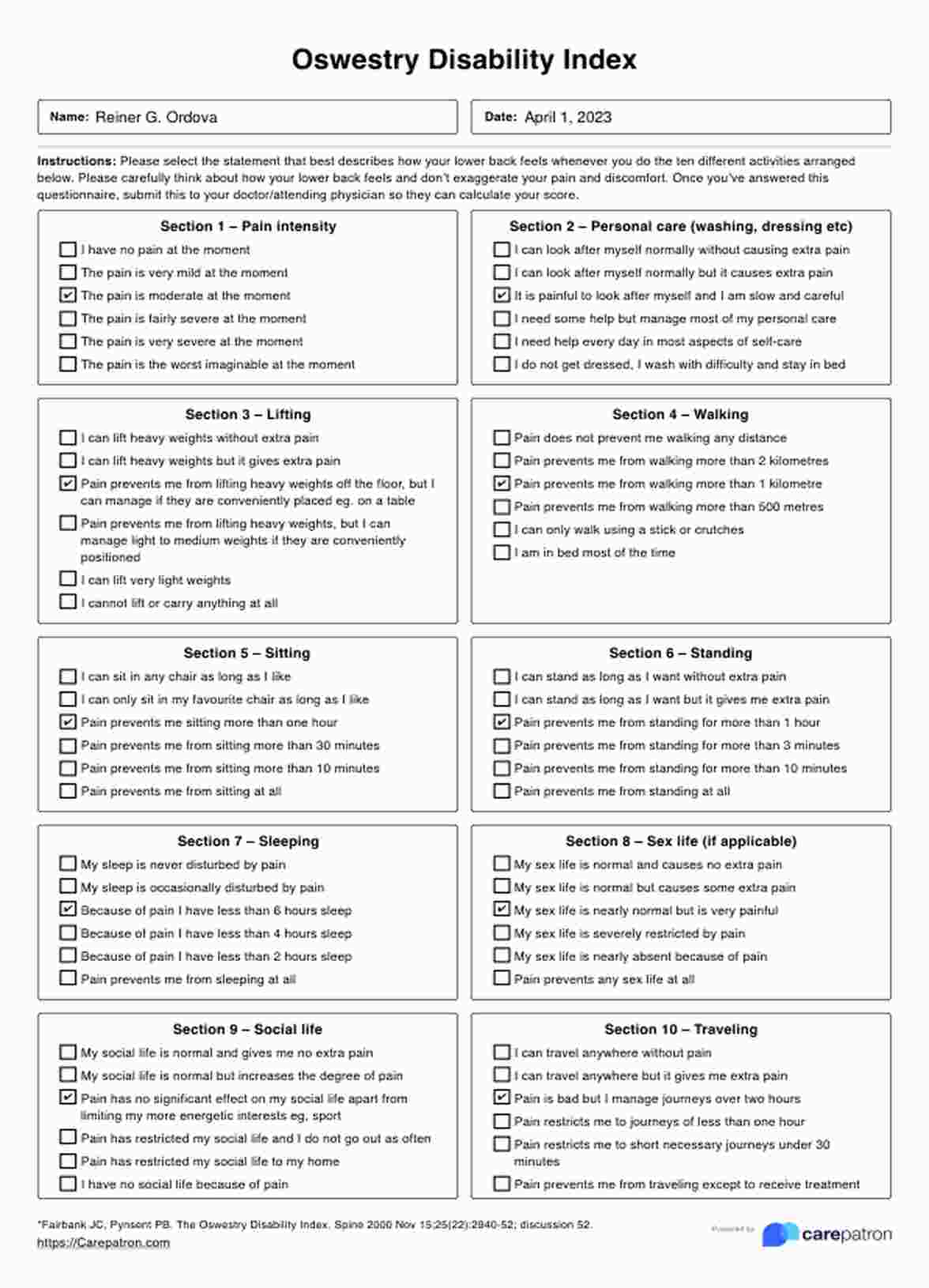

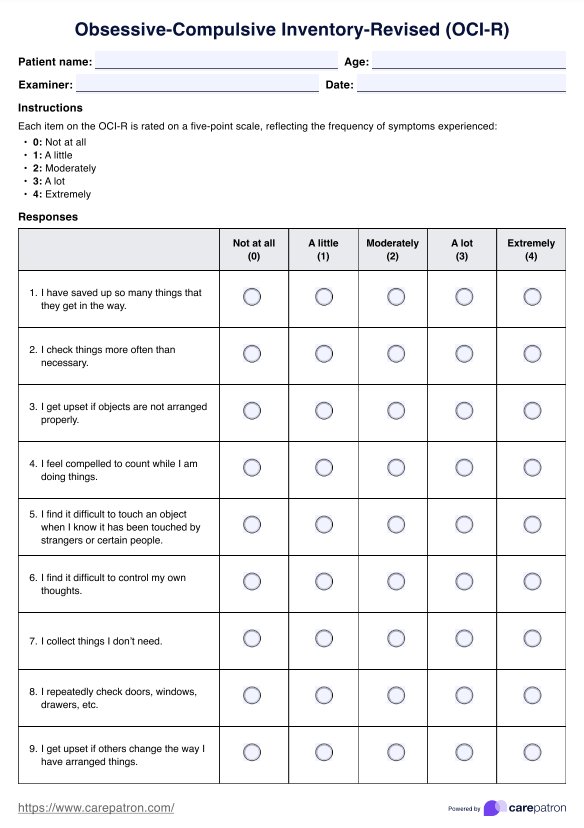
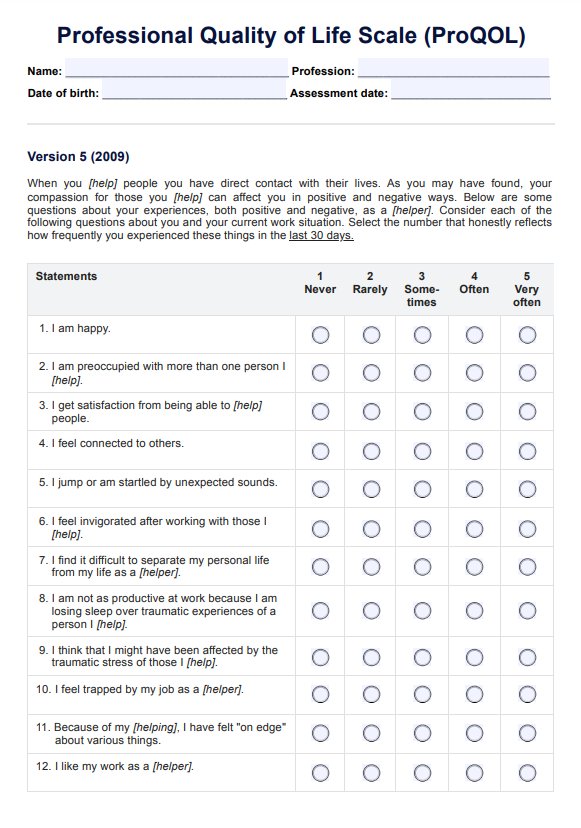
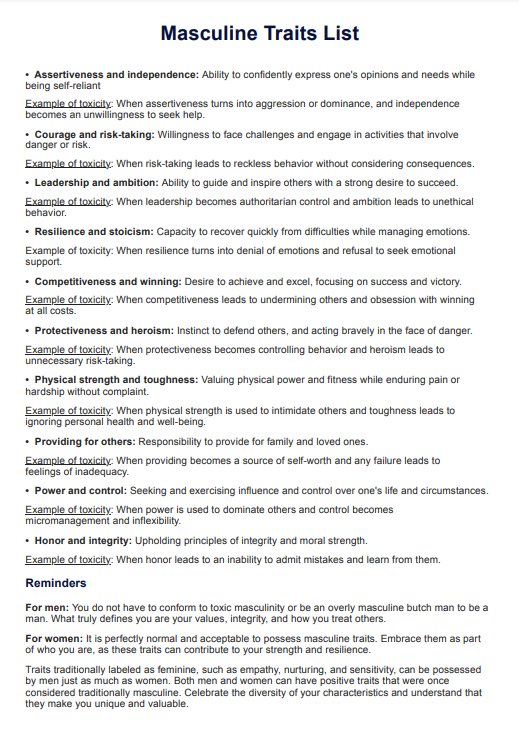









-template.jpg)






























































